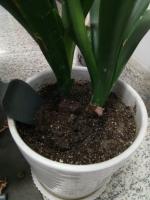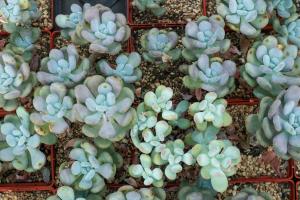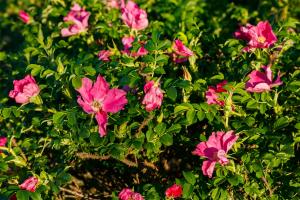When to Plant an Alder Tree
If you're looking to add an alder tree to your garden or outdoor space, the first question you may ask is, "When is the best time to plant it?" The answer to this question largely depends on the species of alder tree you have in mind, as well as the climate in your region. In general, however, there are some guidelines that can help you determine the best time to plant an alder tree.
Different Species, Different Planting Times
There are several species of alder trees, including the common alder (Alnus glutinosa), which is native to Europe and parts of Asia, as well as several other species that are native to North America. Depending on the species, the best time to plant an alder tree can vary.
For example, if you plan to plant a common alder tree, it's best to do so in the fall or winter, when the tree is dormant. This will give the tree time to establish its roots before the growing season begins in the spring. By contrast, if you're planting a red alder (Alnus rubra), which is native to North America's Pacific Northwest, the best time to plant is in the spring or early summer, when the weather is mild and rainy.
Climate Considerations
In addition to the species of alder tree you're planting, the climate in your region will also play a role in determining the best time to plant. If you live in an area with cold winters, it's generally best to plant alder trees in the fall or winter, when the soil is cool and the tree is dormant. This will give the tree a chance to establish its roots before the warmer weather of spring arrives.
However, if you live in a milder climate, you may be able to plant your alder tree in the spring or early summer, when the weather is mild and the soil is beginning to warm up. Regardless of the climate, it's important to make sure your alder tree has adequate access to water during the establishment period, which can take several years.
Planting Tips
Once you've determined the best time to plant your alder tree, there are a few more tips to keep in mind to ensure the tree has the best chance of success. First, choose a location that receives plenty of sunlight, as alder trees typically prefer full sun to partial shade.
Second, make sure the soil is well-draining and not prone to waterlogging, as this can hinder the tree's ability to establish itself. If you're not sure about the soil quality in your chosen location, consider doing a soil test to determine its pH and nutrient levels.
Finally, make sure to water your alder tree regularly during its establishment period, which can take several years. Once the tree is established, you may be able to reduce watering frequency, but it's important to continue to monitor soil moisture levels to ensure the tree is healthy and thriving.
In Conclusion
In summary, the best time to plant an alder tree can vary depending on the species of tree and the climate in your region. In general, common alder trees should be planted in the fall or winter, while red alder trees may be planted in the spring or early summer. Regardless of the species or time of year, it's important to choose a location with plenty of sunlight and well-draining soil, and to water the tree regularly during its establishment period. By following these tips, you can help ensure your alder tree grows healthy and strong for years to come.

 how many times do yo...
how many times do yo... how many planted tre...
how many planted tre... how many pine trees ...
how many pine trees ... how many pecan trees...
how many pecan trees... how many plants comp...
how many plants comp... how many plants can ...
how many plants can ... how many plants and ...
how many plants and ... how many pepper plan...
how many pepper plan...































